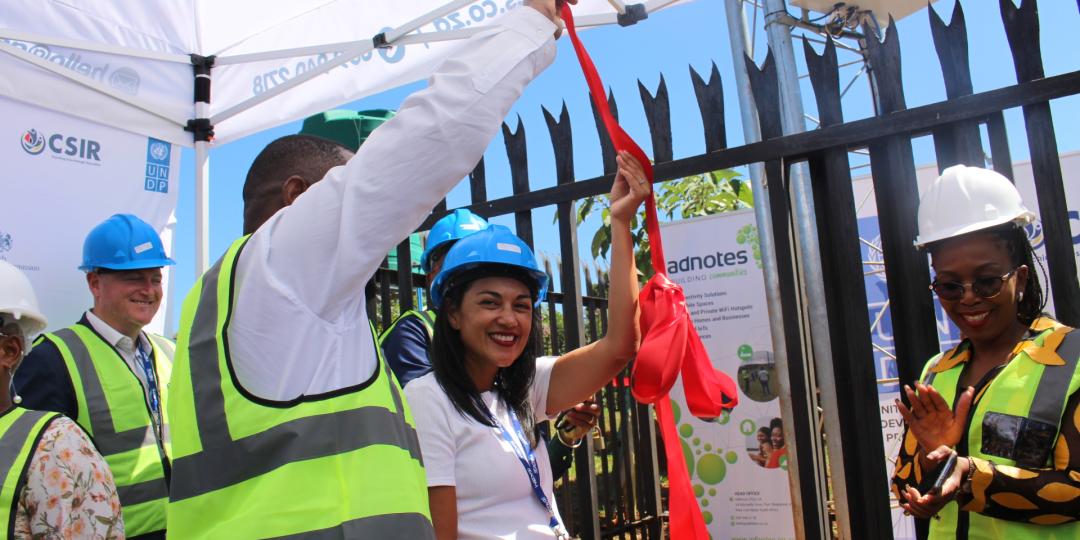AdNotes, in partnership with the Council for Scientific and Industrial Research (CSIR) and the United Nations Development Programme (UNDP) in South Africa, launched a groundbreaking initiative to transform the digital connectivity landscape in the Harry Gwala District by expanding affordable internet connection across Ixopo. The launch signifies the culmination of collaborative efforts aimed at addressing the digital divide within rural municipalities. The initiative is supported by the Harry Gwala Development Agency, Seacom as the IP Transit Partner, and the British Foreign & Commonwealth Office as a strategic partner.
 The Harry Gwala district was selected as one of seven districts nationwide to benefit from the Rural Television White Space (TVWS) network operator support programme. This initiative holds immense potential to uplift communities by providing them with access to reliable and high-speed internet access, unlocking a wealth of opportunities for education, economic empowerment, and participation in the global digital ecosystem.
The Harry Gwala district was selected as one of seven districts nationwide to benefit from the Rural Television White Space (TVWS) network operator support programme. This initiative holds immense potential to uplift communities by providing them with access to reliable and high-speed internet access, unlocking a wealth of opportunities for education, economic empowerment, and participation in the global digital ecosystem.
SA is an early innovator of TVWS
South Africa was an early innovator in piloting internet access on the unused frequencies between TV channels but while technical trials have been carried out in the Western Cape and Limpopo, the commercial and economic aspects were not investigated until a few years ago, when the Wireless Access Providers Association (WAPA) embarked on a large-scale commercial trial in association with a consortium. The consortium of South African and US partners included Stadia Capital, Adaptrum, International Data Corporation (IDC), Microsoft, Project Isizwe and the United States Trade Development Agency (USTDA).
Technologically speaking, internet connectivity on TV White Spaces is not much of a challenge. Using TVWS in the 470-694 MHz frequency band on a secondary basis, (excluding radio astronomy sub-band 606 MHz to 610MHz) has proven to be an excellent technical solution.
TVWS have many advantages over the 2 and 5 GHZ bands. The key advantage of TVWS deployment is that the signal coverage can reach up to a 10 km radius from the base station without the requirement of line-of-sight. This makes it ideal for connecting people living in the rural undulating hills of KwaZulu-Natal.















